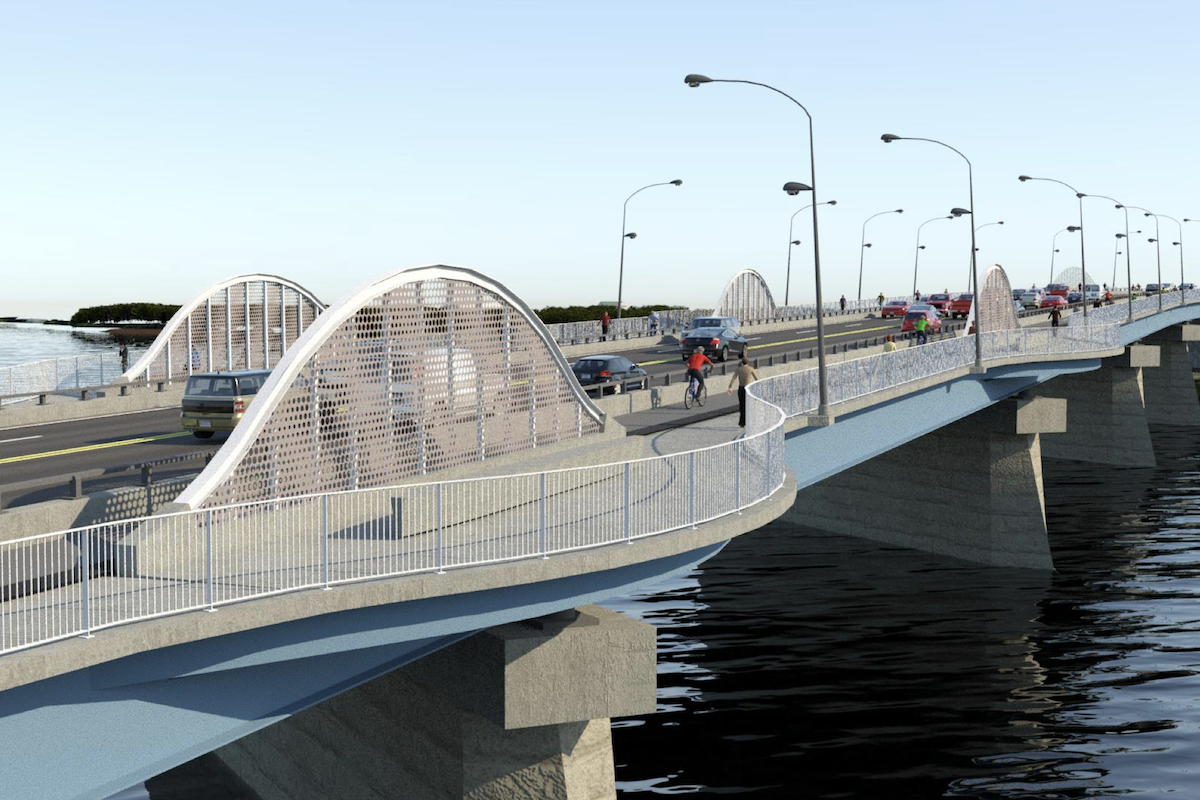“This award acknowledges MIT and HGA’s commitment to advancing environmentally responsible design and planning,” said Bill Wilson, FAIA, Vice President and Principal with HGA. “Research labs are among the most energy-intensive buildings on college campuses. Yet by working closely with a forward-looking client focused on solving global challenges, we achieved new benchmarks in sustainable design, resilient planning, and regenerative land use that will serve as a model for future campus planning.”
Located at the heart of campus, MIT.nano consolidates MIT’s nanotechnology, materials, and engineering systems into a single research building to maximize collaboration and nanoscale research in health, energy, computing, and other emerging fields. The building includes class 100 and 1,000 cleanrooms, imaging suites, makerspace, and chemistry teaching laboratories.
“MIT.nano addresses some of humanity’s greatest challenges — from sustainable energy to clean water to finding a cure for cancer,” said Samir Srouji, AIA, LEED AP, Associate Vice President and Principal with HGA. “To achieve MIT’s research and sustainability goals, we benchmarked peer institutions’ cleanrooms and other similar facilities to exceed state-of-the-art practices for cleanroom design. Architecturally, MIT.nano’s design is highly transparent, inviting the community to observe the research within while placing the energy-efficient systems poetically on display.”
Sustainable strategies incorporate more than 60 energy conservation measures — including a heat recover system and high-performance curtain wall — resulting in 51 percent energy cost savings and 50 percent greenhouse gas emissions reduction over industry standards for a cleanroom building.

| Your local Case Construction Equipment Inc dealer |
|---|
| Beauregard Equipment |
| Monroe Tractor |
Additional features include water conservation measures, stormwater management, flood-plain resilience planning, and heat-island reduction goals within the campus Stormwater and Landscape Ecology Masterplan, transforming a brownfield site into an inviting pedestrian walkway enhanced with permeable hardscapes and native plantings.







































































